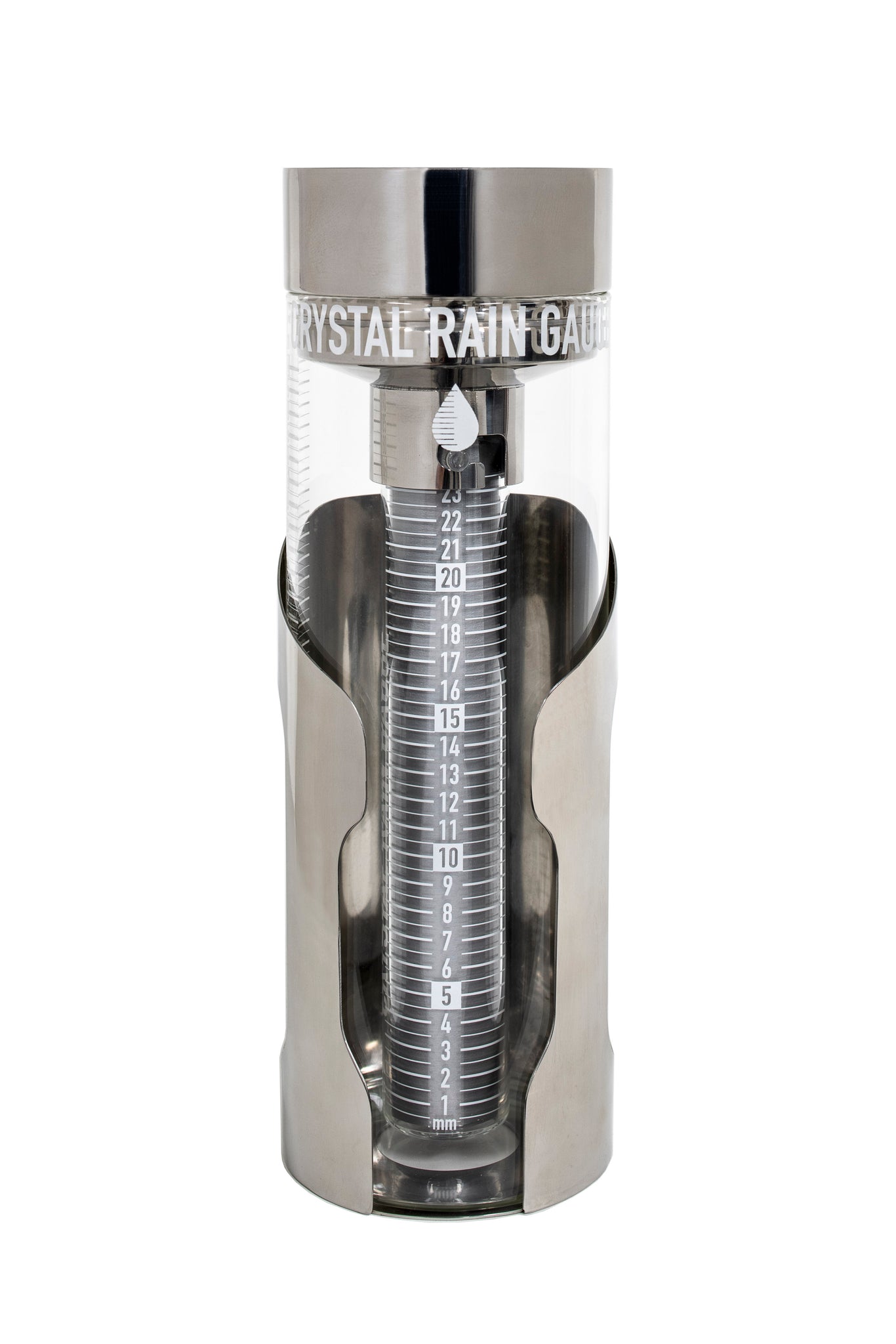Revealing the Scientific Research Behind Rainfall Evaluates: Just How These Instruments Play an Important Duty in Environment Research and Environmental Monitoring
Rainfall determines, apparently straightforward devices, hold an extensive value in the world of climate research study and environmental monitoring. As we peel off back the layers of this clinical veil surrounding rain gauges, we uncover a world where accuracy, data accuracy, and meticulous observation converge to reveal a deeper understanding of our changing climate and its effect on the earth.
Importance of Rain Scales
Rainfall gauges play a crucial duty in surveillance and measuring rainfall levels, providing necessary information for climate study and analysis. These gadgets are essential in quantifying the amount of rains that takes place in a certain area over a particular period. By collecting and measuring rain, rainfall evaluates deal beneficial insights into the circulation and strength of rainfall, assisting meteorologists, hydrologists, and climatologists in comprehending weather patterns and fads.
Among the crucial reasons rain gauges are important is their capacity to provide accurate and local information. Unlike satellite or radar-based measurements, which offer wider monitorings, rainfall assesses offer exact info details to the place where they are placed. This localized information is essential for numerous applications, consisting of flooding projecting, drought tracking, and water resource monitoring. In addition, long-term data gathered from rain evaluates aids in analyzing climate change impacts and patterns, adding considerably to scientific research study and decision-making procedures. In significance, rainfall gauges function as crucial devices in the field of meteorology and ecological science, playing a vital role ahead of time our understanding of weather and environment dynamics.
Kinds Of Rainfall Scales

Capability and Procedure
In the realm of environment study and meteorological studies, the effectiveness of rain gauges lies in their intricate performance and precise functional devices. Rainfall assesses are made to accurately measure the amount of precipitation that falls over a specific location throughout a collection duration.
The performance of rain evaluates is based on the concept of accumulating and determining rain in a standard fashion. This collected information is vital for understanding neighborhood climate patterns, tracking long-term environment fads, and examining ecological influences. To guarantee precise dimensions, rainfall assesses requirement to be tactically put in open locations away from blockages such as structures or trees that could hinder the collection process.
The functional aspect of rainfall determines entails routine upkeep to avoid particles build-up, calibration checks to keep measurement accuracy, and data taping for evaluation (rain gauge). Generally, the functionality and operation of rainfall determines are crucial for collecting trustworthy precipitation data important to environment study and ecological tracking
Function in Climate Research Study
Provided the vital relevance of exact rainfall measurements in understanding weather condition patterns and environmental impacts, the function of rainfall determines in environment research study is important. Rainfall gauges give necessary data for climate study by quantifying the quantity of precipitation that falls over a specific location during an offered duration. This data is critical for monitoring long-term fads in rainfall patterns, analyzing the effect of climate adjustment on rainfall circulation, and boosting environment models.

Climate Visit This Link scientists make use of information accumulated from rainfall assesses to evaluate variants in precipitation levels, identify local environment patterns, and evaluate the performance of water source administration strategies. By comparing historic precipitation data with present dimensions, scientists can detect shifts in rainfall patterns, such as changes in the regularity or strength of rainfall occasions. This information is crucial for recognizing exactly check this site out how environment change is influencing precipitation dynamics and can assist policymakers make informed choices pertaining to adjustment and reduction approaches.
Applications in Environmental Monitoring

In flood projecting, rainfall scale data helps to track rains strength and circulation, enabling authorities to issue timely warnings and take required measures to alleviate flood risks (rain gauge). Dry spell monitoring relies upon rainfall scale information to assess wetness levels in the soil and track precipitation deficiencies, aiding in the identification of drought-prone areas and the application of drought response strategies
Furthermore, rainfall scale data plays an important duty in water resource monitoring by giving details on water schedule and usage patterns. This information is utilized to make enlightened decisions pertaining to water allocation, preservation measures, and lasting water resource planning. In addition, in agriculture, rain scale information helps farmers in enhancing watering schedules, plant choice, and total ranch monitoring practices based on regional rainfall patterns. In general, rain assesses are indispensable devices in ecological surveillance, supplying important understandings that add to informed decision-making and sustainable source management.
Conclusion
In conclusion, rain evaluates are essential tools for measuring precipitation, providing beneficial data for climate research and environmental monitoring. With numerous kinds and capabilities, rain gauges play a critical function in comprehending rainfall patterns and their influence on the setting. By properly gauging rains, these gadgets add to the improvement of clinical understanding and help in making notified decisions pertaining to water resource monitoring and catastrophe preparedness.
Rain assesses play a vital role in monitoring and measuring precipitation levels, supplying crucial data for climate study and evaluation. The typical rain gauge, known as the "tipping bucket" gauge, is one of the most commonly used tools. Ultrasonic rain gauges use audio waves to identify the presence of rainfall, providing real-time data on rainfall levels.Environment scientists use data accumulated from rainfall navigate to these guys evaluates to examine variants in rainfall levels, determine regional environment trends, and assess the effectiveness of water resource management techniques.In verdict, rain determines are important tools for gauging rainfall, providing valuable information for environment research and environmental surveillance.
Comments on “Rain Gauge Buying Guide: What You Required to Know for Optimum Performance”